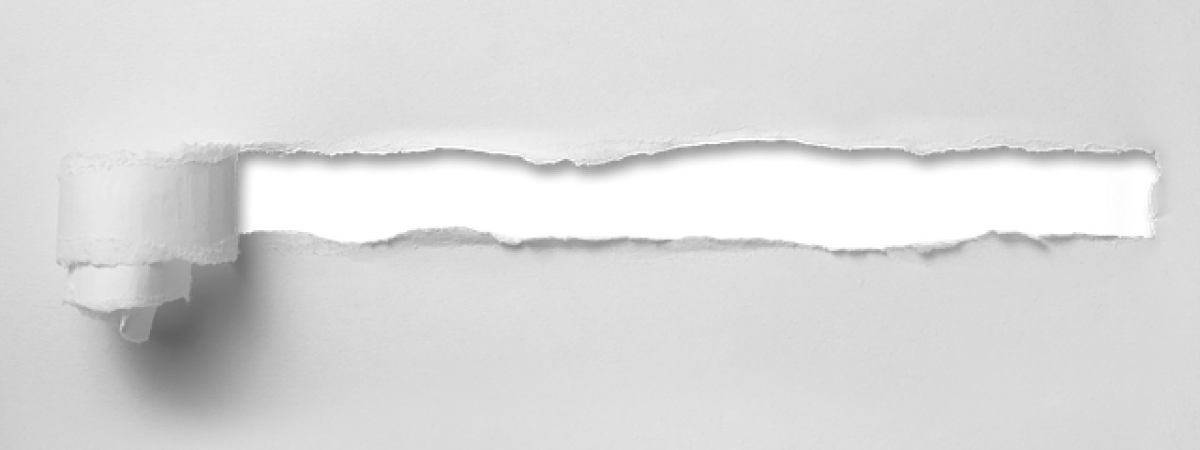Life with a broken neck

Broken, shattered – and restored? When you’ve broken your neck, life changes in an instant. After lamenting the losses and acknowledging the adversity, treasure the triumphs too.
Four stories
My husband has a spinal cord injury but this isn’t his story. Four others with quadriplegia have told theirs, and in so doing have reached out to millions struggling to accept all kinds of circumstances.
Sir Frank Williams and Christopher Reeve are famous for their achievements in the face of adversity, becoming injured after a car crash and a riding accident; less well-known are Joni Eareckson Tada and Francesco Clark, paralysed from the neck down after diving accidents. They have shared the challenges, sorrows and triumphs of spinal cord injury in their autobiographies. Here’s what they taught me.
Broken
Joni tells of the moment that her neck was broken. “I felt my head strike something hard and unyielding…my body sprawled out of control…I heard or felt a loud electric buzzing, something like an electric shock….just a sensation. I felt no pain. I was lying face down on the bottom [of the bay].” She was 17 years old, and had sustained a fracture between the fourth and fifth neck bones.
Clark recalls hitting his chin on the bottom of the pool at the age of 24. Underwater and unable to move after breaking his neck, his lung collapsed as he breathed in water. On life support in intensive care, he acknowledges that he was “one breath away from death.”
Shattered
When your neck is broken, your life is shattered. Clark describes it as if someone had hit a giant Pause button on his life. He had to learn how to breathe again, how to hold his head on his shoulders and how to sit up.
Joni was angry that her life was reduced to the basics of eating, breathing and sleeping: she was unable to wipe her eyes, blow her nose or shift her weight. Frustration, fear and depression loomed large, bedsores broke out; she felt robbed of self-respect.
Restored
Clark speaks of “getting back on his feet” in his autobiography. He’s not walking again, but he has, in his own words, gone beyond his injury by sheer force of imagination and will.
Joni became an outstanding mouth painter and also the founder of “Wheels for the World”
He has founded a skincare range inspired because of his own skin problems after the injury, when he became unable to sweat out toxins. He’s also an ambassador for the Christopher and Dana Reeve Foundation – a lifeline of advice and support for those with spinal cord injury. (The Spinal Injuries Association is a British equivalent).
Joni became an outstanding mouth painter and also the founder of “Wheels for the World,” through which wheelchairs are shipped to those in need around the world - after being restored by prisoners.
Beauty after brokenness?
There’s a Japanese art called kintsugi in which broken pottery is repaired and the cracks highlighted with gold. No attempt is made to hide the damage: the repair is literally illuminated. The pot is considered more beautiful for having been broken: its fragility and resilience respected.
In spinal cord injury, there’s no hiding the disability. Nor is there any need to. “I wouldn’t change my life for anything,” said Joni, acknowledging the lessons she has learnt through her suffering. “Despite my injury, I’m thriving,” said Francesco.
The last word goes to 25 year old Henry Fraser, paralysed in 2009. “If it wasn’t for the accident then I’d probably be leading a very boring life. Adversity has given me a gift.”
